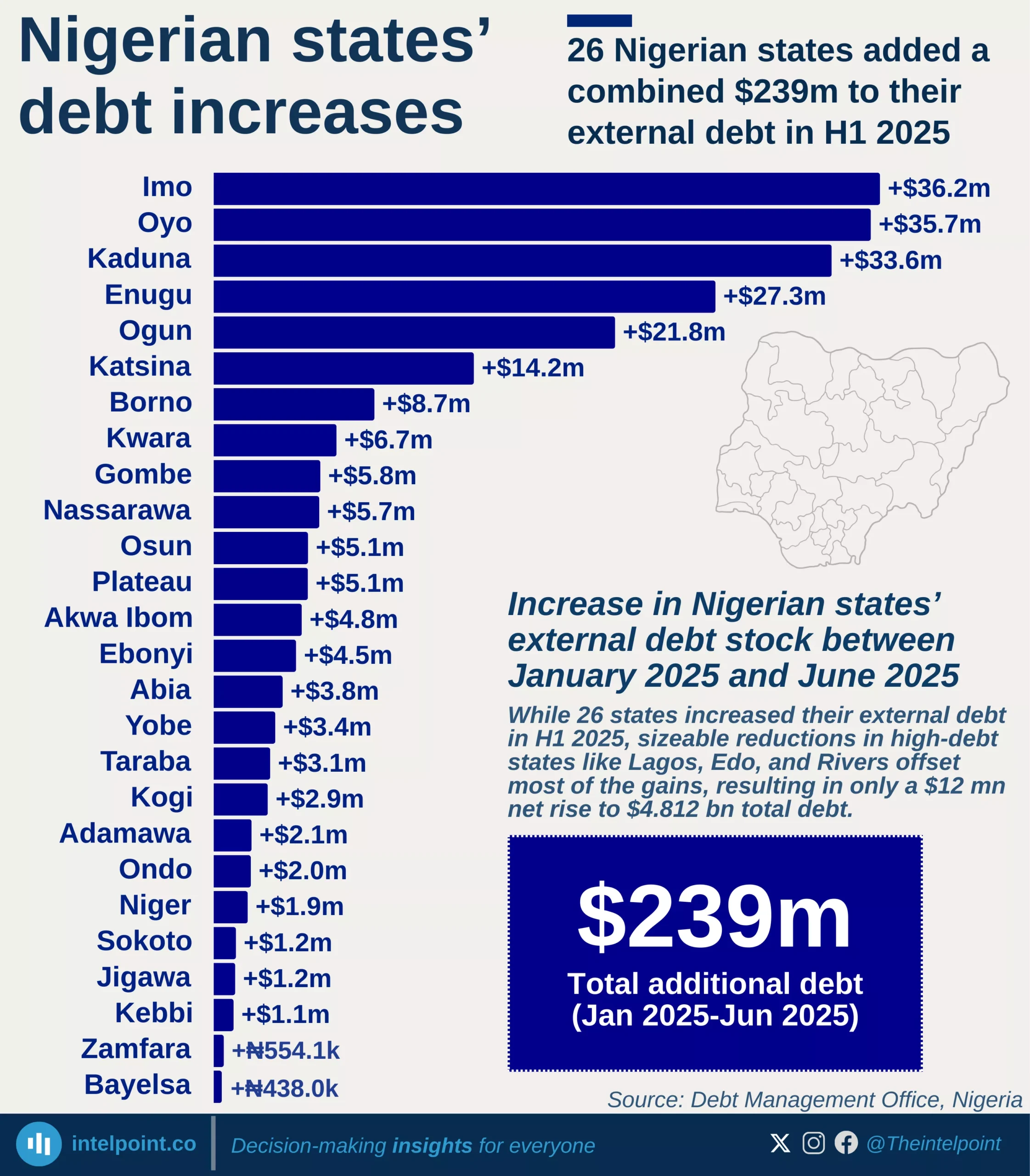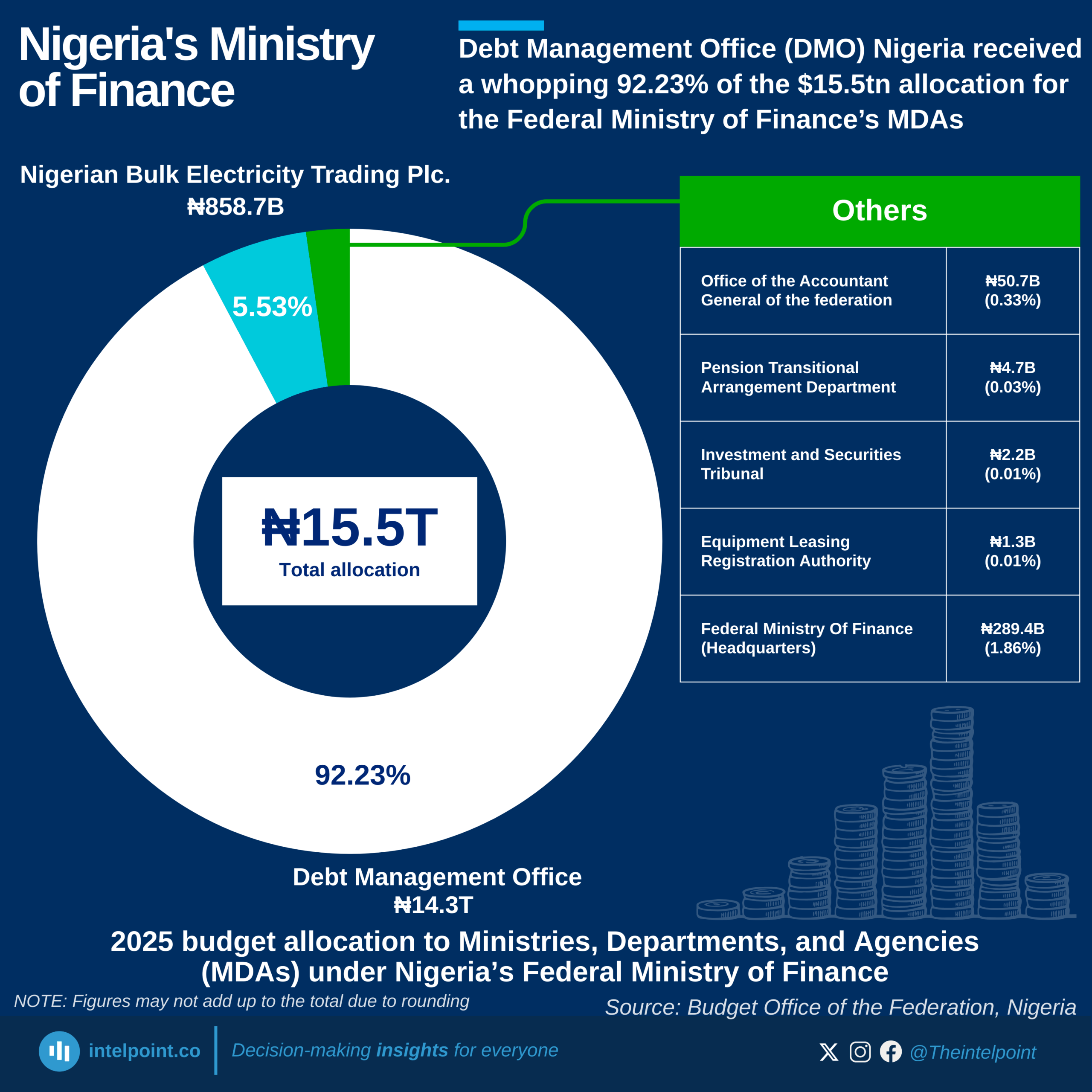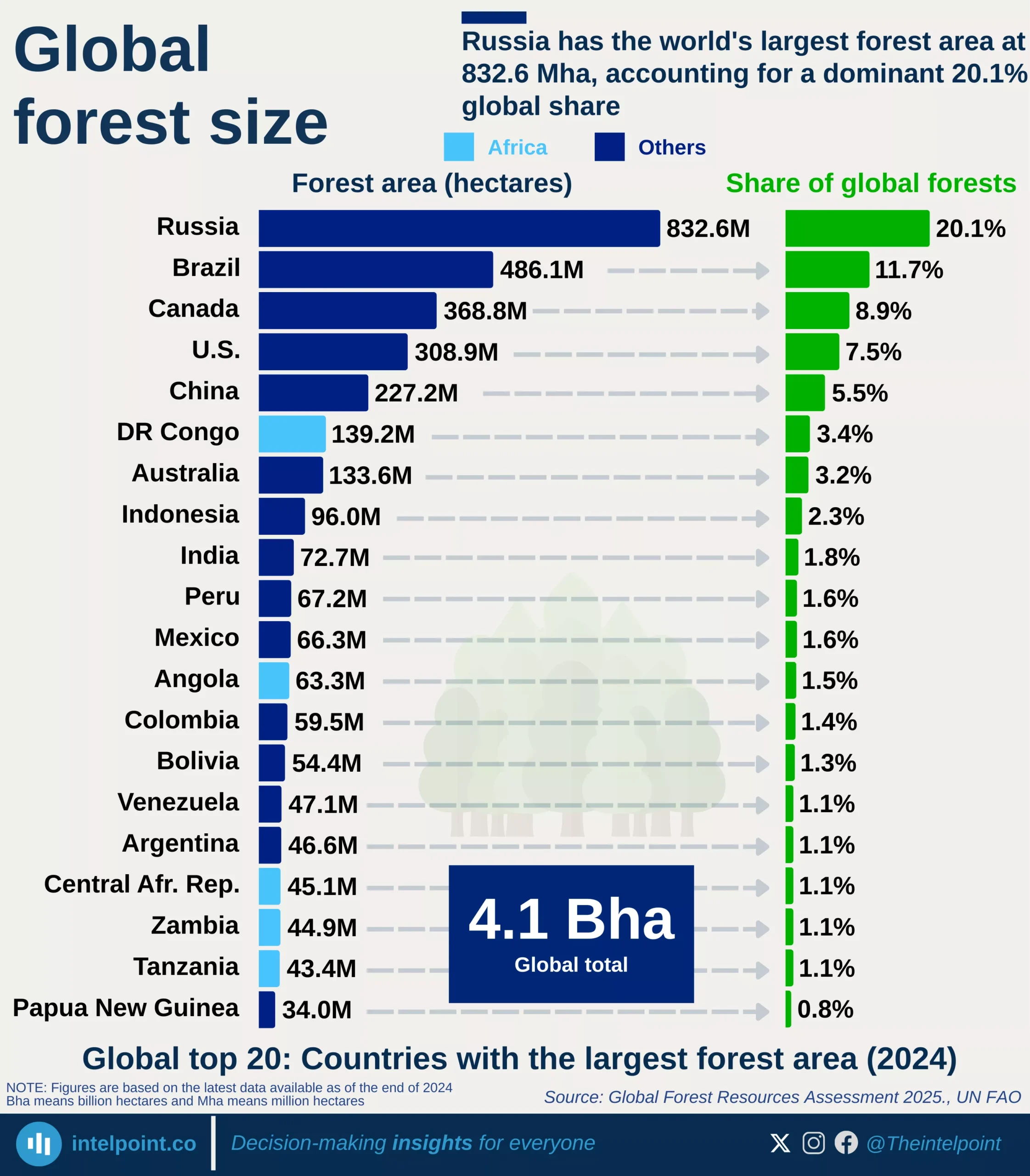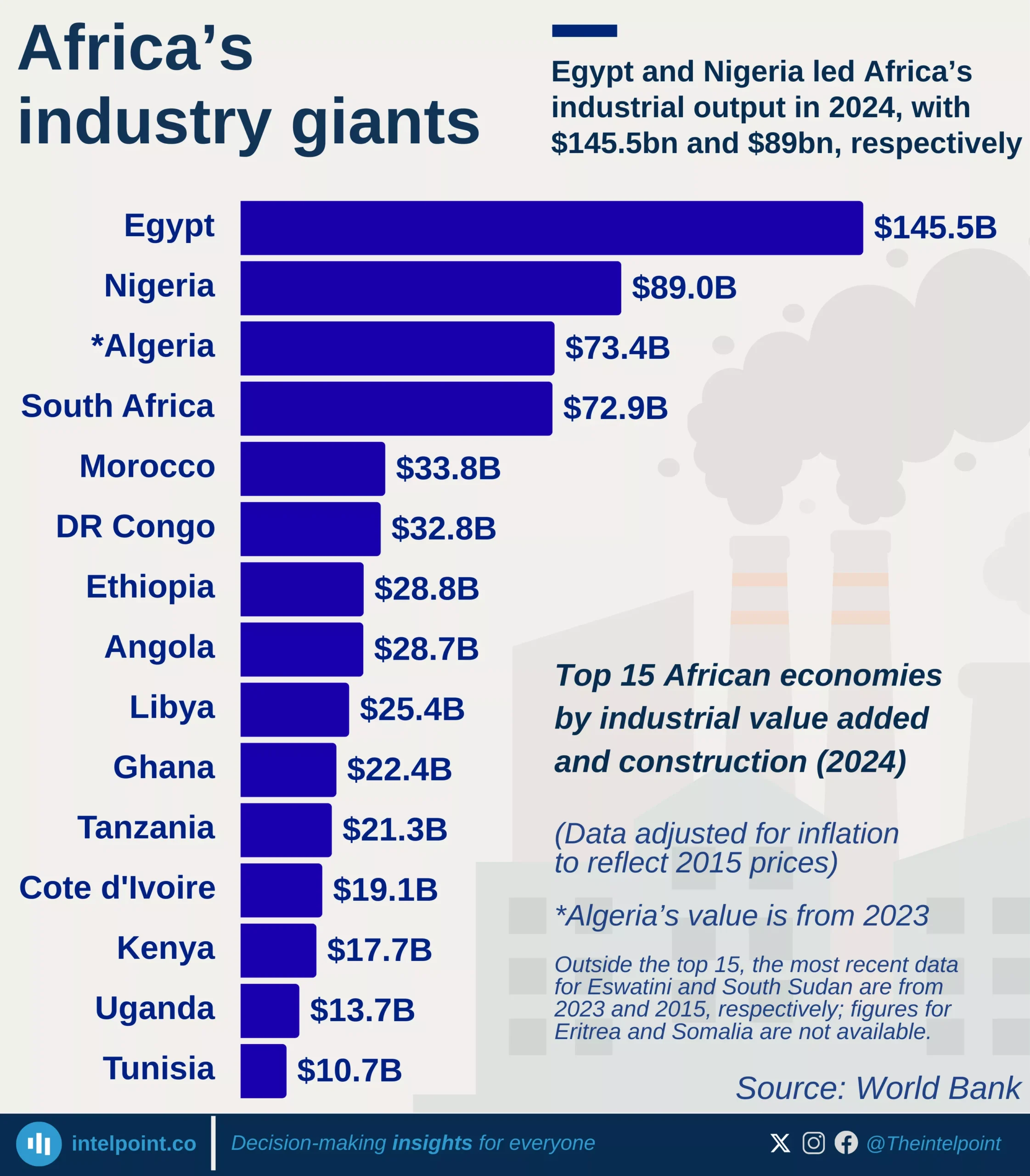Africa’s reserves, including monetary gold, have experienced fluctuations over the past decade. In 2013, Africa’s total reserves peaked at $560 billion, the highest recorded in the past decade. However, this period of strength was followed by a steady decline, with reserves falling to $402 billion by 2016. The continent then saw a moderate recovery, beginning in 2017 when reserves rose to $426 billion. This recovery has since stabilised around the $400 billion mark, with 2022 marking a slight dip to $397 billion. This recent dip highlights the ongoing volatility, underscoring the need for Africa to diversify its economic strategies. Despite the fluctuations, Africa’s reserves have remained relatively steady, hovering around $400 billion since 2019.





